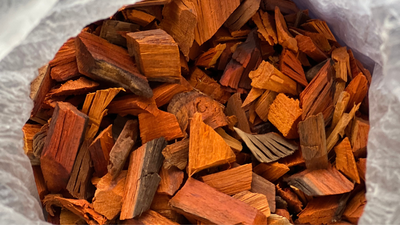From dye to detector: Scientists turn herbal extract into milk freshness sensor

BENGALURU: A team of chemists at Christ University has turned a traditional Asian dye wood into a scientific tool to tackle one of the most persistent problems in food safety—detecting when milk begins to spoil.Using extracts from Caesalpinia sappan L., or sappan heartwood, the researchers have developed a natural, plant-based colour indicator that changes hue as milk loses freshness.Researchers say that the indicator could be integrated into intelligent packaging that alerts consumers when milk or other perishables begin to spoil. Such real-time monitoring, they say, could help reduce waste and prevent unsafe consumption.With India producing more than 239 million tonnes of milk annually—one-fourth of the world’s total—spoilage remains a major issue, especially in areas with poor refrigeration.
Natural freshness sensor
The work, combining traditional plant wisdom with modern chemistry, was recently published in the journal Food Analytical Methods (Springer Nature) and is also the subject of an Indian patent application.The study was led by Vinod TP, associate professor at Christ University’s department of chemistry, and carried out by doctoral scholars Simran Nagpal and Chaithra KP, with Sreelekha S from Tagore Memorial Higher Secondary School, Kannur, contributing to ideation.The indicator solution, made by boiling sappan heartwood in water, responds sharply to pH changes—the key chemical signal of milk spoilage. Fresh milk keeps the solution a bright orange-red; as acidity builds, it turns orange and finally yellow.These colour shifts correspond to the pH dropping from about 7.0 in fresh milk to 3.5 in spoiled samples.The active compound behind the transformation is brazilein, a natural pigment in sappan heartwood known for its medicinal and dyeing properties. Its stability under light and heat makes it ideal for real-world use.
Easy to check
To make the test accessible, the team showed that colour changes could be captured and analysed using a smartphone camera. Digital images were processed through RGB (red, green, blue) analysis, with the “green chromatic shift” serving as a reliable measure of freshness.“This approach eliminates the need for laboratory tools or trained personnel. Anyone can check the milk’s condition visually or with a smartphone app,” Vinod told TOI.By fusing traditional plant chemistry with digital tools, the Christ University team has demonstrated a sustainable innovation that turns colour into a language of food safety.






